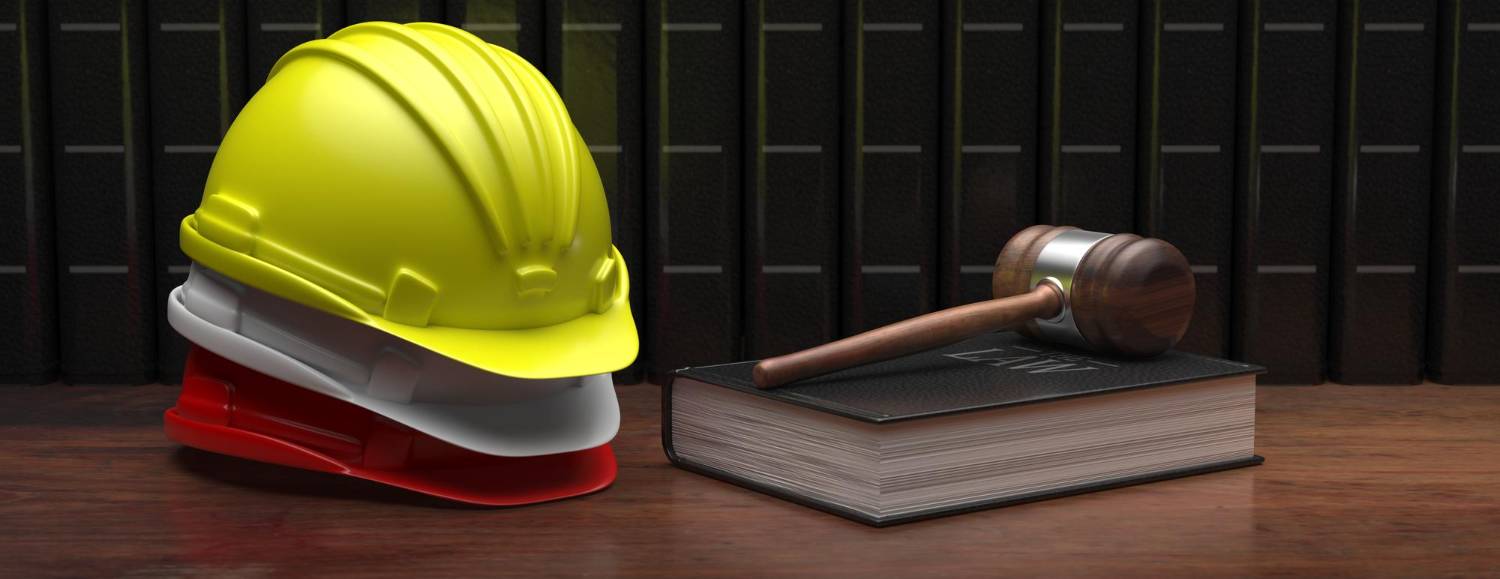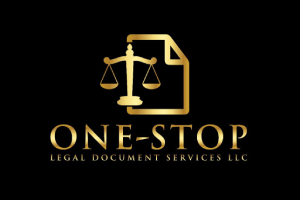
Joint Inspection Report:
Joint Inspection Report:
A joint inspection report is a written document that summarizes the findings and observations of a collaborative site visit or investigation conducted by representatives of multiple parties involved in a construction project, such as the owner, contractor, subcontractors, designers, or consultants. The purpose of the joint inspection is to assess the progress, quality, or condition of the work, to identify any issues or deficiencies, and to agree on any necessary actions or corrections. The report typically includes the date and time of the inspection, the names and roles of the participants, a description of the areas or elements inspected, any measurements, tests, or samples taken, any defects or non-conformances noted, any corrective actions or recommendations agreed upon, and any follow-up or unresolved items. Joint inspection reports are an important tool for communication, collaboration, and accountability among the project stakeholders, and can help to prevent or resolve disputes by establishing a shared understanding and consensus on the project status and requirements. They should be conducted regularly throughout the project, particularly at key milestones or transitions, and should be documented and distributed to all relevant parties for review and approval.
